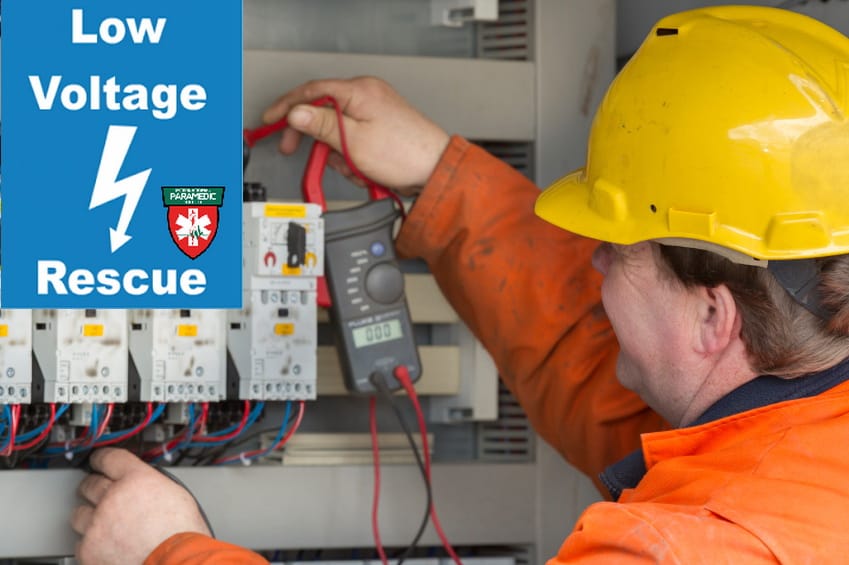Introduction
In today's hectic globe, guaranteeing the safety and security and health of kids in educational setups is of utmost significance. With increasing problems about wellness emergency situations and accidents occurring in colleges and day care centers, the need for adequate training in emergency treatment has never ever been much more noticable. This short article delves into The Influence of Childcare Emergency Treatment Training on Youngster Security in Educational Settings, exploring just how extensive training gears up instructors with vital skills to react efficiently to emergencies.
The Impact of Child care Emergency Treatment Training on Youngster Security in Educational Settings
Childcare first aid training is not just a suggestion; it's a necessity. When educators are learnt first aid, including mouth-to-mouth resuscitation (Cardiopulmonary Resuscitation), they are better prepared to take care of emergencies ranging from small injuries to lethal situations. For instance, imagine a circumstance where a child faints or endures a serious allergic reaction. A teacher equipped with first aid understanding can provide instant aid while waiting for expert aid, potentially conserving a life.
Understanding First Aid Training
First aid training includes numerous strategies and procedures designed to supply instant like a person struggling with an injury or health problem till specialist medical help shows up.
What Does Emergency treatment Training Include?
- Basic life support Wound care Recognition of clinical emergencies CPR training Use of automated external defibrillators (AEDs) Handling choking incidents
By taking part in emergency treatment courses, educators get confidence and the capability to act emphatically throughout vital moments.
Importance of First Aid Certification in Educational Settings
Having a legitimate first aid certification can substantially improve the safety society within schools. Accreditations verify that a private possesses the required skills and understanding to react appropriately during emergencies.
Benefits of Being Licensed:
Enhanced Confidence: Recognizing what to do can minimize anxiousness throughout emergencies. Legal Protection: In some territories, having qualification can give legal cover for instructors acting in great faith. Promotion of Safety and security Culture: A certified employee motivates others to focus on safety.Corporate Emergency treatment Training vs. Child Care Emergency Treatment Course
While corporate emergency treatment training often focuses on adult-related injuries and office risks, childcare emergency treatment courses especially resolve problems appropriate to kids-- such as identifying indicators of illness that might vary from adults.
Key Differences
|Facet|Corporate First Aid Training|Childcare First Aid Course|| -----------------------------|-----------------------------|----------------------------|| Target Audience|Grownups|Kids|| Focus Areas|Workplace injuries|Pediatric emergency situations|| Strategies Emphasized|General emergency treatment|Child-specific strategies|
Understanding these differences can assist educational institutions choose the right kind of training for their staff.
Essential Abilities Educated in Child Care Emergency Treatment Courses
Educators enlisted in child care emergency treatment courses discover different important abilities, which include:
1. Analyzing the Circumstance Quickly
The ability to examine an emergency scenario is paramount. Quick analysis help in identifying the best course of action, whether it entails calling for aid or carrying out standard care.
2. Carrying Out CPR on Children
CPR strategies differ when applied to children versus grownups. Educators must find out age-specific treatments, such as compression depth and regularity tailored for babies and toddlers.
3. Managing Choking Incidents
Choking prevails among little ones due to their exploratory nature and propensity to put objects in their mouths. http://spencertelj019.timeforchangecounselling.com/recognizing-the-basics-of-corporate-emergency-treatment-training-programs Understanding just how to do back strikes and abdominal thrusts is essential.
4. Replying To Allergic Reactions
With climbing prices of food allergic reactions among children, acknowledging signs like hives or swelling is essential. Educators should be educated on just how to administer epinephrine auto-injectors if necessary.

5. Injury Treatment Techniques
Properly cleansing and clothing injuries avoids infections, making it crucial for educators to understand just how to take care of cuts and scrapes effectively.
6. Taking Care Of Behavioral Emergencies
Mental wellness first aid is progressively identified as crucial within academic settings, equipping educators with devices to help pupils http://caidennvgy982.yousher.com/corporate-first-aid-training-structure-a-more-secure-workplace experiencing emotional crises or panic attacks.

Integrating Mental Wellness Recognition into Child Care Emergency Treatment Training
Recognizing psychological wellness's role alongside physical health and wellness creates a much more holistic method toward child safety and security in academic settings.
Why Mental Wellness Matters?
Children face various stressors that can show up literally or mentally-- comprehending this interplay permits educators not only to react yet also proactively support students' wellness.
Key Parts:
Understanding common psychological wellness issues encountered by children. Techniques for de-escalating crises. Encouraging open discussions regarding feelings amongst students. Resources available for expert psychological health and wellness support.Online Emergency treatment Courses vs In-Person Training
With advancements in innovation, lots of institutions currently provide on-line emergency treatment courses alongside typical classroom-based understanding experiences.
Benefits of Online First Aid Courses:
- Flexibility: Educators can complete coursework at their convenience. Accessibility: Perfect for those that may deal with scheduling.
However, practical components frequently necessitate hands-on learning via workshops or demonstrations held face-to-face.
Challenges Dealt with by Educators Without Correct Training
When educators lack adequate knowledge of first-aid treatments, they might be reluctant during emergencies as a result of fear or unpredictability-- this reluctance can lead directly to unfavorable end results for kids under their care.
Consequences Include:
Increased injury severity because of postponed response. Heightened anxiousness levels amongst pupils observing emergencies. Potential legal implications occurring from neglect insurance claims versus untrained personnel members.Creating a Society of Safety With Constant Education
Establishing continuous education programs around child care emergency treatment cultivates a setting where safety comes to be ingrained right into everyday practices as opposed to being seen as a separated obligation limited only during training sessions.
Implementing Normal Refresher Courses:
Regular refresher courses make sure that skills continue to be sharp while presenting new strategies or methods that might arise in time due technical advancements within healthcare fields related closely gotten in touch with kid well-being criteria today!
FAQs
Q1: What must I look for when picking a child care first-aid course?
When choosing a program, ensure it covers pediatric emergency actions tailored specifically towards children's distinct needs while being presented by licensed professionals experienced working within instructional contexts!
Q2: Just how frequently must I renew my certification?
The majority of qualifications need revival every two years; nonetheless checking local standards will certainly verify certain requirements suitable based upon your area could differ somewhat relying on jurisdictional mandates!
Q3: Exists any type of age need for participants registering into these classes?
Typically individuals aged 16 years onward are eligible participating; yet some organizations enable younger participants if come with by adults making certain appropriate oversight throughout sessions offered!
Q4: Can I take these training courses online?
Definitely! Several service providers offer detailed on-line modules including both theoretical elements along with functional analyses utilizing video clip demonstrations boosting total retention levels accomplished throughout coursework completion!
Q5: Are mental health and wellness subjects included within childcare-focused trainings?
Yes! Increasingly curricula incorporated addressing psychological wellness concerns facing youth today identifying value advertising emotional durability amongst establishing minds better enhancing all natural techniques carried out across numerous facets caring obligations undertaken daily basis!
Q6: What occurs if an instructor does not feel comfy reacting throughout an emergency situation also after educating completed successfully?

Conclusion
In recap, spending time and sources into child care first-aid training confirms important when considering its impact on youngster safety and security within instructional setups-- empowering instructors furnished with essential feedbacks leads not just prompt advantages however contributes long-term culture focusing on health wellness continually cultivated across all facets settings supporting young minds today forming brighter futures ahead!